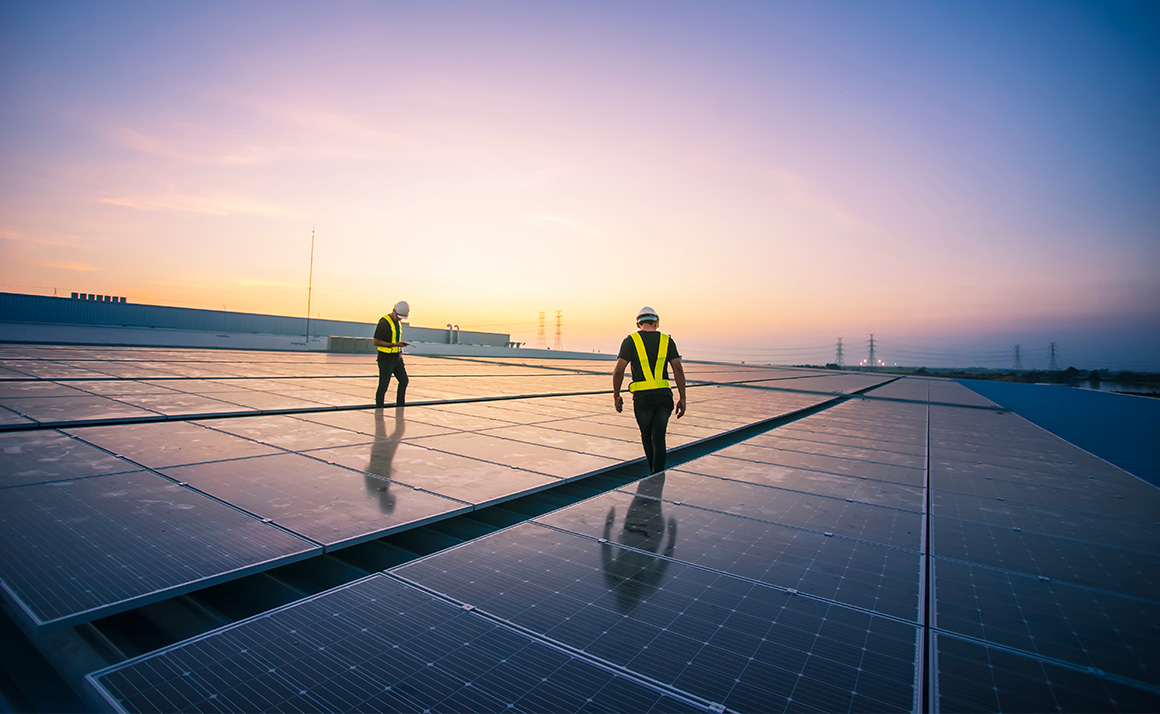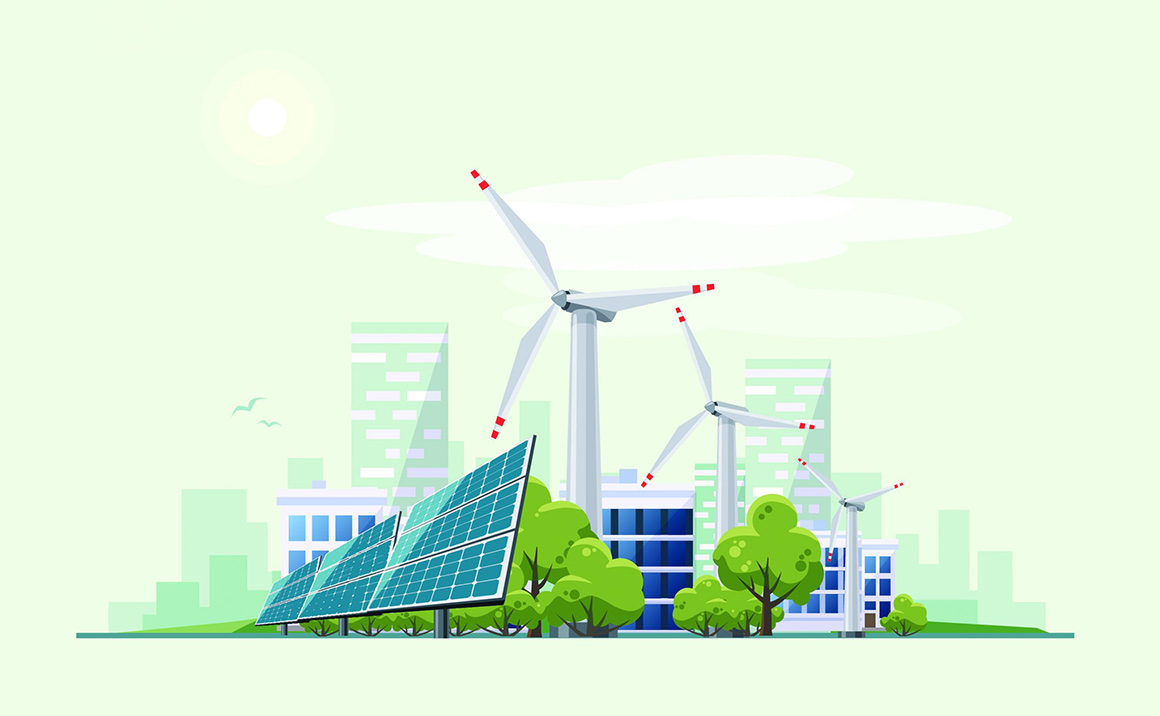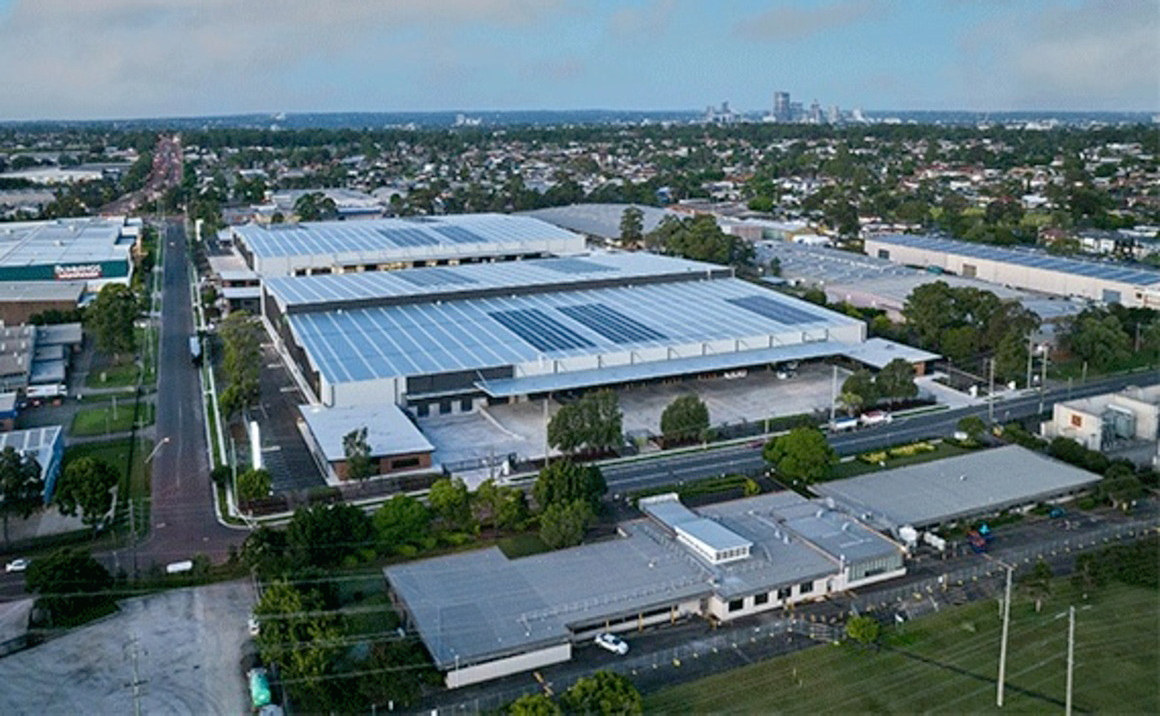
Powering up real estate
As energy costs rise and Asia Pacific economies move towards decarbonisation, more and more asset owners are starting to generate their own renewable electricity.
As energy costs rise and Asia Pacific economies move towards decarbonisation, more and more asset owners are starting to generate their own renewable electricity.
The falling price of solar photovoltaic panels – the cost of 1 KW generating capacity fell 81% in the decade to 2022 – means solar energy has been the main focus of real estate owners.
“The economics of solar power are becoming ever-more advantageous as the tech gets cheaper and energy prices higher,” says Sam Crispin, Head of Regional Sustainability and ESG at Savills Asia Pacific. “Many real estate assets have substantial roof space which can be used for solar power generation.”
The industrial and logistics sector is the obvious candidate for solar PV due to the preponderance of large, single storey buildings. The region’s major logistics developers have installed a great deal of solar PV on their assets already. Logistics specialist GLP has 655 MW of solar PV capacity across its portfolio, for example.

Other sectors do not offer the same space as industrial and logistics, however some offices use solar successfully. DBS Newton Green in Singapore, a low energy office building, has its entire roof covered in panels and Korean conglomerate Hanwha had the façade of its Seoul headquarters (pictured below) redesigned to include solar panels which also act as shade.
In markets where large open car parks are common – such as Australia – there is also the opportunity to add covering with solar panels. Supermarkets and shopping malls often have parking and relatively large roof space.
As tenants typically have their own metre and pay for their own power, it can sometimes be difficult for landlords to ‘inject’ onsite power into the mix. However, they are increasingly using microgrids, which deliver onsite produced power to tenants as needed and excess power to the local grid, while delivering grid power to tenants when the building is not producing enough electricity.
Some landlords plan to use battery storage to even out intermittency in solar power supply and keep more power onsite. Asia Pacific’s largest real estate manager, ESR, plans to use ‘excess’ renewable power from its logistics portfolio to offset energy use in its data centres.
Crispin says: “There is an increasing number of ways to ensure that onsite solar energy is used as efficiently as possible. For some sectors, such as logistics, onsite power might cover a large proportion of tenant needs. For other sectors, such as shopping centres or offices, onsite power is likely to be a much smaller contributor to overall demand.
“However, every watt of renewable energy is valuable, especially when onsite power generation is combined with measures to reduce energy use.”
While solar is the most widespread and practical way to generate power on a real estate asset, other means are being investigated. Vertical axis wind turbines, which are compact and can use wind from any direction, are being trialled in a number of cities. Meanwhile some real estate developments are using geothermal power, something for which there is great potential in Asian markets such as Indonesia.
“Technological advances mean there are new options emerging all the time for asset owners,” says Crispin. “Onsite power generation has the potential to be a significant secondary income stream and a way to meet decarbonisation commitments.”
Further reading:
Sustainability & ESG
Contact us:
Simon Smith



